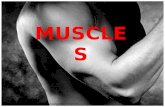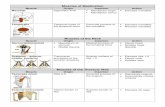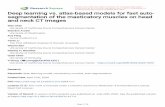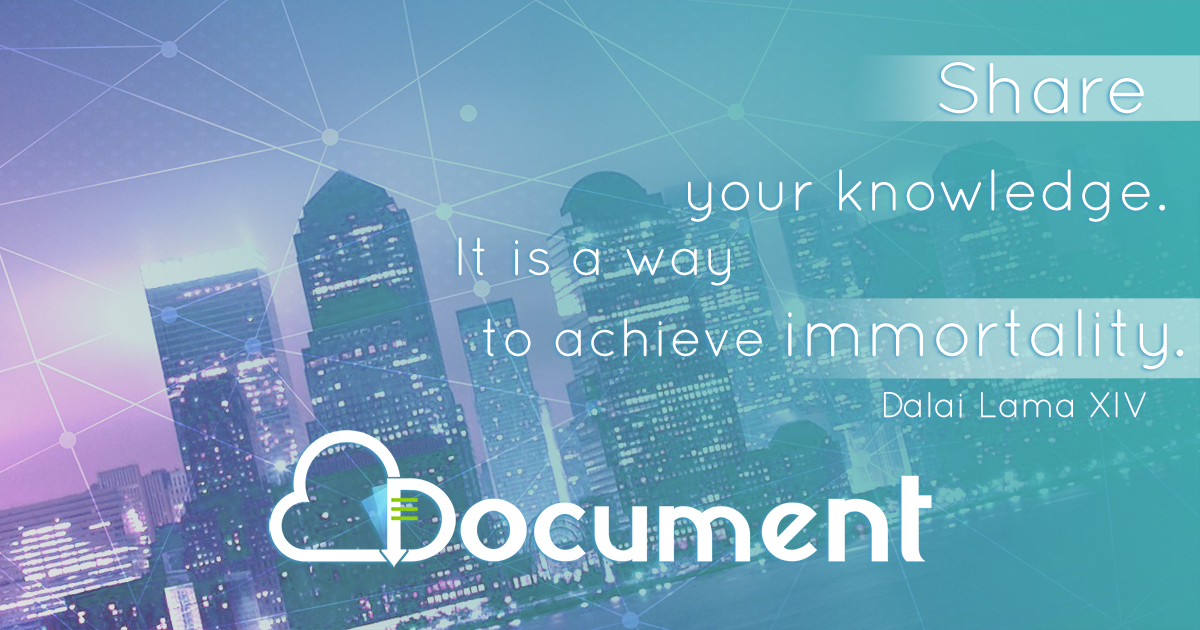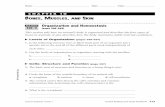Powerpoint on Muscles
-
Upload
theasylumletter -
Category
Documents
-
view
221 -
download
0
Transcript of Powerpoint on Muscles
-
8/11/2019 Powerpoint on Muscles
1/10
The
MuscularSystem
-
8/11/2019 Powerpoint on Muscles
2/10
Smooth Muscle Cardiac Muscle Skeletal Musc
Found in walls of holloworgans. Functions to move
them.
Pump heartAttach to skele
Movement and po
non striatedstriated(striped)
striated
Involuntary & rhythmic Involuntary & rhythmic Voluntary (except r
Single nucleus Single nucleusCells are long with
nuclei
I. Types of muscle
-
8/11/2019 Powerpoint on Muscles
3/10
Smooth Muscle
Rhythmic contractions are calledPERISTALSIS.
II. Anatomy of skeletal muscle and musclecontraction
A. Fused cells form a sarcomere (theaction unit)
B. Sarcomeres are made up ofACTIN and MYOSIN filamentproteins.
-
8/11/2019 Powerpoint on Muscles
4/10
C. Myosin (thick) and actin (thin) overlap (castriations) and slide past each other to causcontraction.
1. Muscle contraction occurs when a moto
neuron (nerve cell) stimulates a skeletal mand causes the release ofNEUROTRANSMITTERS from sacs in thAXON TERMINAL. They diffuse across SYNAPTIC CLEFT and bind with receptorthe neighboring muscle cell - causing myoslide along actin.
-
8/11/2019 Powerpoint on Muscles
5/10
-
8/11/2019 Powerpoint on Muscles
6/10
CalciumTroponin
Tropomyosin
Actin
Myosin
III. Sliding filament theory
A. Without calcium - Myosin cannoalong actin because binding sites acovered by chain. Troponin = lockTropomyosin = chain
-
8/11/2019 Powerpoint on Muscles
7/10
Calcium binds to troponin causing itto unlock. Tropomyosin slides down
Binding sites exposed. Myosinwalks along actin - muscle
contracts
E f
-
8/11/2019 Powerpoint on Muscles
8/10
IV. Energy for contractionA. Cellular respiration
makes ATP (and givesoff heat). Stage 1: Glycolysis (no O2needed) Stage 2: Citric acid cycle (O2
needed) Stage 3: Electron transport chain(O2 needed)
1. Blood supplies oxygen needed during citric acid cycle.
2. MYOGLOBIN (found in muscles) stores oxygen.
B When oxy en runs out durin strenuous activity lycolysis is used to m
-
8/11/2019 Powerpoint on Muscles
9/10
B. When oxygen runs out during strenuous activity, glycolysis is used to m
1.Less ATP is released
C. Energy sources for contraction CREATINE PHOSPHATE can regenerafrom ADP (10 sec.).
1. Toxic PYRUVATE molecules are converted into lactic acid.
2. LACTIC ACID builds up in the muscles (before diffusing into bloo
causes muscle soreness.
V Muscular responses
-
8/11/2019 Powerpoint on Muscles
10/10
V. Muscular responses
A. THRESHOLD STIMULUS - The minimum stimulus required to causecontraction (called a twitch) .
B. Each twitch has both a period of
contraction and relaxation.1. The LATENT PERIOD describes thetime between two muscle twitches.
2. The REFRACTORY PERIOD is theamount of time when a muscle fiber is
unresponsive.





